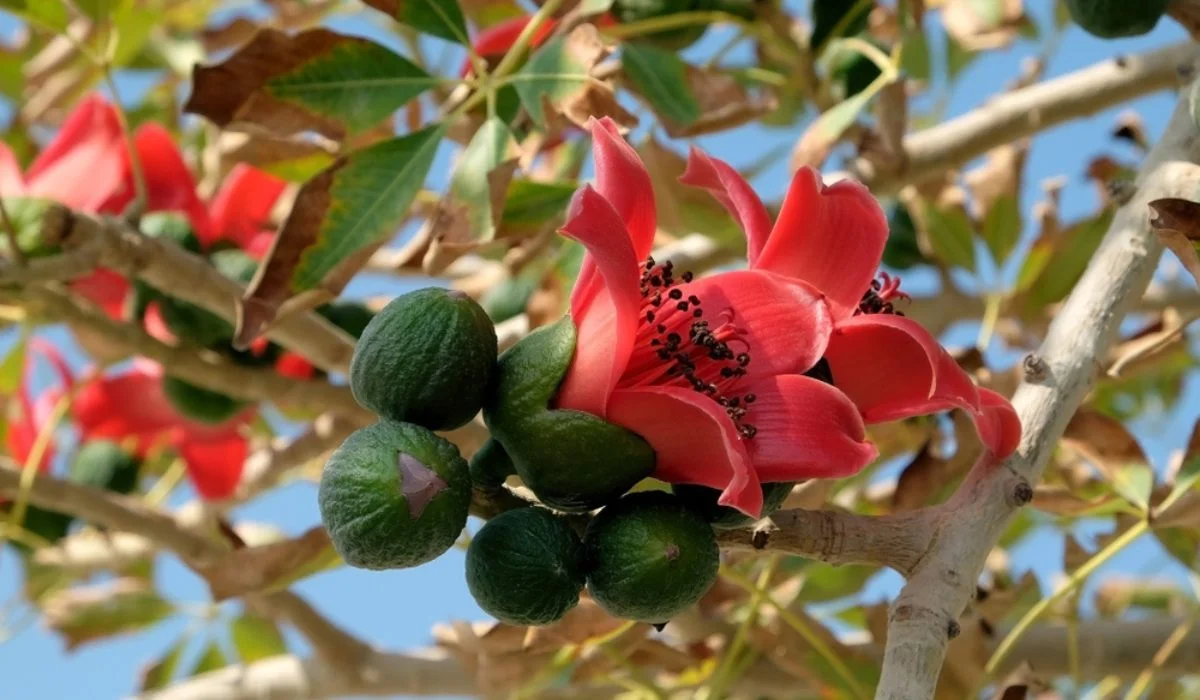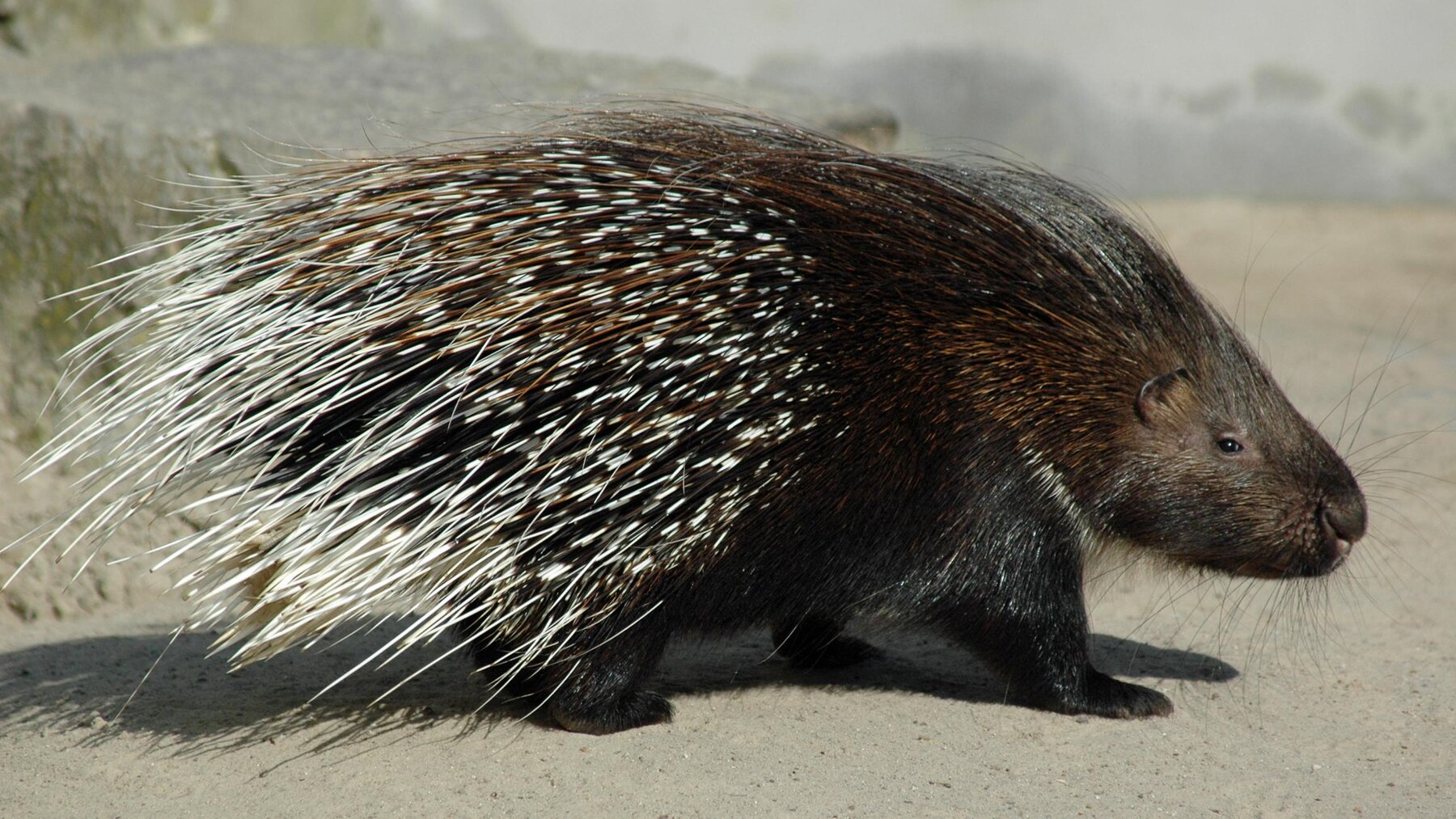Rajasthan
Semal Trees
- 15 May 2024
- 3 min read
Why in News?
Semal trees are disappearing from south Rajasthan, launching a cascade of adverse consequences for forests and people in the area.
Key Points
- Large quantities of semal are cut in southern Rajasthan, in places like Bhil and Garasia, and sold in Udaipur.
- The cutting violates many laws, from the Rajasthan Forest Act, 1953 to the Forest (Conservation) Act 1980.
- Semal is an integral species that holds the forest ecosystem together. The rock bees nestle on its branches because the tree’s spikes keep its predator, the sloth bears, away.
- Members of tribal communities consume the tree’s reddish root for food during the monsoons. Larvae of the moth Bucculatrix crateracma feed on its leaves.
- The golden-crowned sparrow weaves the lining of its nests with white cotton from its seeds.
- The Dysdercus bugs, the Indian crested porcupine, Hanuman langurs, and some other species feast on the nectar in its flowers.
- The Garasia tribe in the area also believe they are descended from semal trees. The Kathodi tribe use its wood to craft musical instruments while those of the Bhil use it to make utensils.
Semal trees
- Also known as the silk cotton tree and Bombax Ceiba, the Semal tree is a large, fast-growing tree native to India.
- It is known for its distinctive, spiky red flowers and its fluffy seed pods, which contain a cotton-like substance that was once used for stuffing pillows and mattresses.
- The tree is prized for its ornamental value and is often grown in parks and gardens.
Indian Crested Porcupine
- Scientific Name: Hystrix indica
- Geographical Range: It is found throughout southeast and central Asia and in parts of the Middle East, including such countries as India, Nepal, Bhutan, Bangladesh, Sri Lanka, Pakistan, Israel, Iran, and Saudi Arabia.
- Behaviour:
- Nocturnal creatures that spend around 7 hours foraging every night.
- Live in natural caves or excavated burrows.
- Predators include large cats, wolves, hyenas, and humans.
- Conservation Status:
- IUCN Status: Least Concern (LC)
- Wildlife Protection Act 1972: Schedule IV






